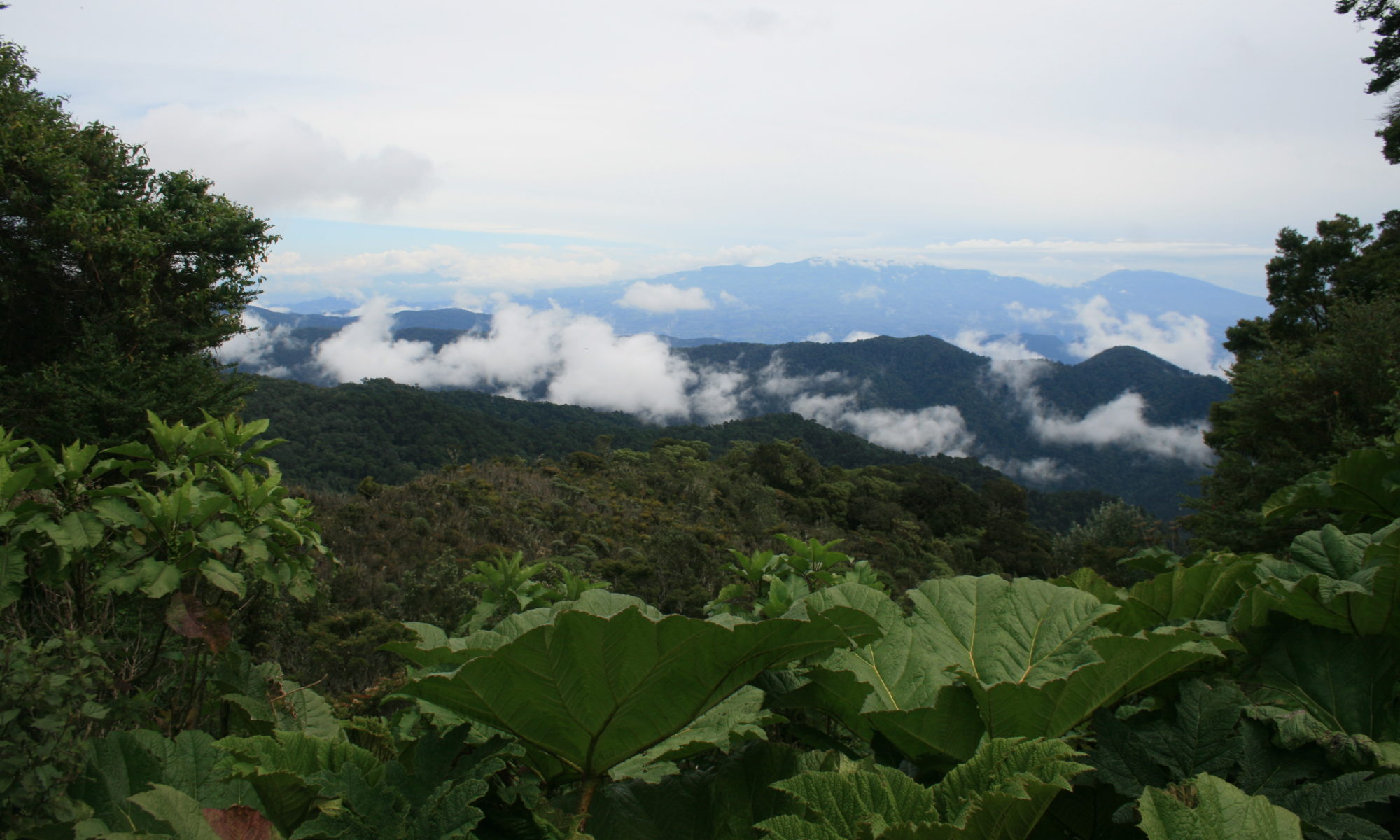 |
| My Costa Rica Driver License or Licencia de Conducir. Slightly out-of-focus and my thumb over it to make it not copy-able. Security you know! |
Before I got residency I could drive a rent car with my Tennessee Driver License IF I had a current Visa in my U.S. Passport. The same is true now that I am a legal resident, but the Visa has to be renewed every 90 days! That means spending a lot of money and leaving the country. To get a Costa Rica Driver License you have to:
- Have a Cedula or a legal residency card with what amounts to a national ID number
- Your last Visa has to have expired
- Go to the San Jose office for your first driver license (renewals are okay at several regional ones but not the first one)
- Have a current legal driver license from any other country OR take a written test in español and a driving test. If using another license, you must bring two copies of the front and back.
- Bring two photo copies of your cedula front and back and your passport main page and page with last visa.
- If you haven’t had a special physical for a driver license before coming, you will have to go outside to one of several doctor offices and pay $20 for this. I got mine in advance from my local primary care doctor and had the needed number called a Código Dictamen.
- I hired a driver to take me and serve as translator if needed (not needed)
- We spent 4.5 hours in a complex of buildings for transportation department and a bank next door. All federal fees are paid at banks here. The license itself is only 5,000 colones or $10.
- In the transportation office I waited in long lines in four different places on two floors to get all the proper paperwork approved and typed into the computer system, then after paying at bank returned to have my photo made, finger print, electronic signature and license printed on the spot. Each window or office did their job quickly, but the long time was because of very long lines at each place, 4.5 hours! There were hundreds of people waiting! Most of the people in my lines for people with other country licenses were from other Latin countries, though I was mostly between a man from Spain and another from the Netherlands. And I saw lots of Asians. The world is getting smaller and Costa Rica is quite international!


